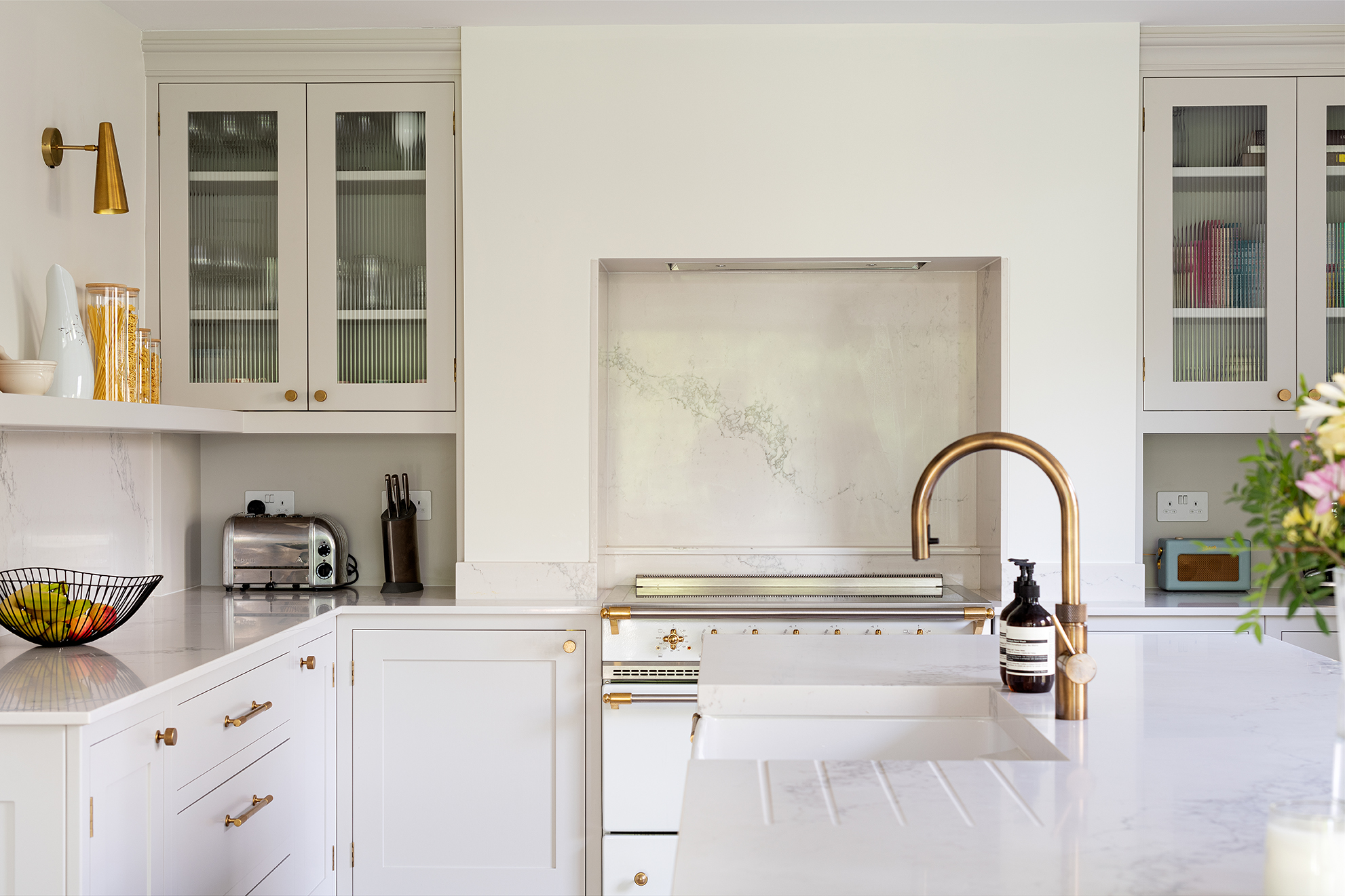Adjusting cabinet hinges might seem like a minor detail, but it plays a crucial role in achieving both effortless functionality and a sleek, refined appearance in any kitchen, bathroom, or storage space. Over time, cabinet doors may sag, shift, or misalign due to regular use, temperature changes, or installation imperfections. These issues can lead to cabinet doors that do not close properly, rub against each other, or simply look uneven and untidy. Fortunately, with a few simple adjustments to the hinges, you can restore smooth performance and enhance the visual symmetry of your cabinets, making the entire space feel more polished and well-kept. The key to effective hinge adjustment lies in understanding the three directions most hinges can be tweaked: side-to-side, up-and-down, and in-and-out. Each of these adjustments serves a different purpose, and together they allow for a highly customizable fit. Side-to-side adjustment helps align the door with the frame or adjacent doors. This is particularly helpful when doors are too close and rub together, or if there is a visible gap.

The screw for this movement is usually located at the rear of the hinge arm. Turning it gently moves the door closer to or farther from the cabinet side, ensuring parallel alignment. Up-and-down adjustments are used when cabinet doors are uneven at the top or bottom, which can occur due to hinge wear or slight installation shifts to know how to adjust cabinet hinges. This adjustment typically involves loosening the mounting screws on the hinge plate attached to the cabinet box, repositioning the door slightly higher or lower, and then retightening the screws. Getting the top edges of all cabinet doors to align perfectly not only improves the overall appearance but also ensures the doors open and close without obstruction. The in-and-out adjustment controls the depth of the door, making sure it sits flush with the cabinet front. This is essential for achieving a clean, modern look, especially in contemporary kitchens with flat-front cabinets. When one door protrudes more than others, it disrupts the sleek lines and can even interfere with closing.
Before starting any adjustments, it is helpful to identify which door is out of alignment and which direction it needs to move. Start with small turns about a quarter turn at a time and check the results frequently. Using a screwdriver with a magnetic tip can make the task easier, especially in tight or awkward spaces. Patience is key, as perfect alignment sometimes requires fine-tuning all three directions. Aside from aesthetics, well-adjusted cabinet hinges also contribute to the longevity of the cabinet hardware. When doors close smoothly without force or friction, there is less wear on the hinges, screws, and cabinet frame. In the long run, this simple maintenance step saves time, money, and frustration. In essence, adjusting cabinet hinges is a straightforward yet powerful way to rejuvenate your cabinetry. It ensures that doors function with ease and look seamless, elevating the quality and visual harmony of the room. Whether you are refreshing your home or doing regular upkeep, hinge adjustment is a small effort that delivers big results.
